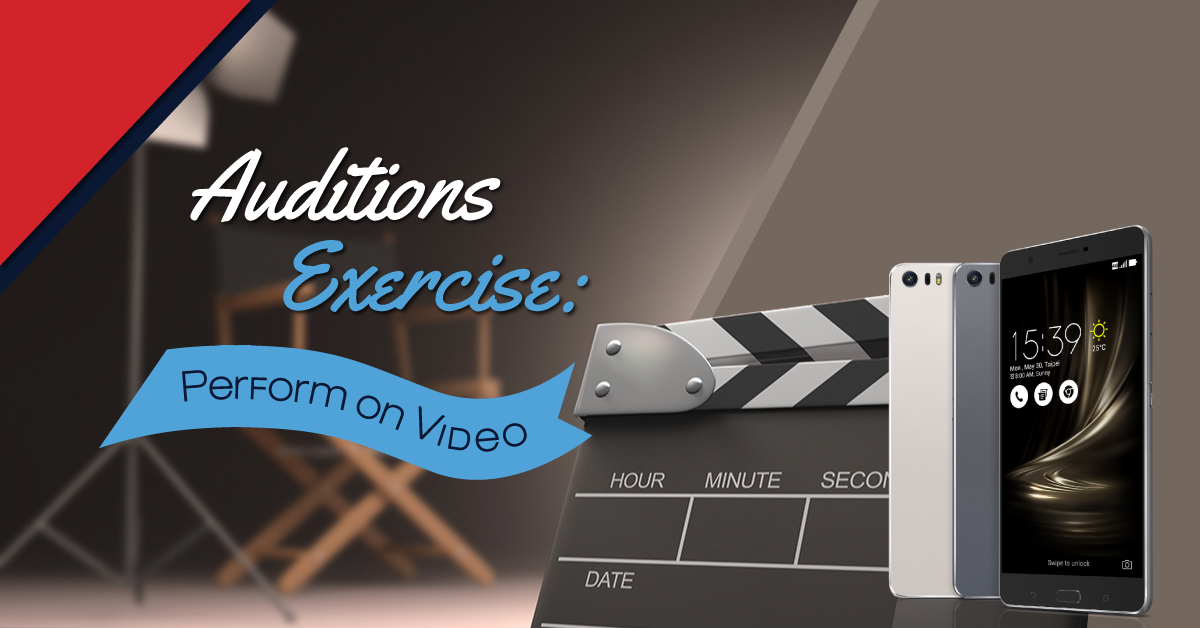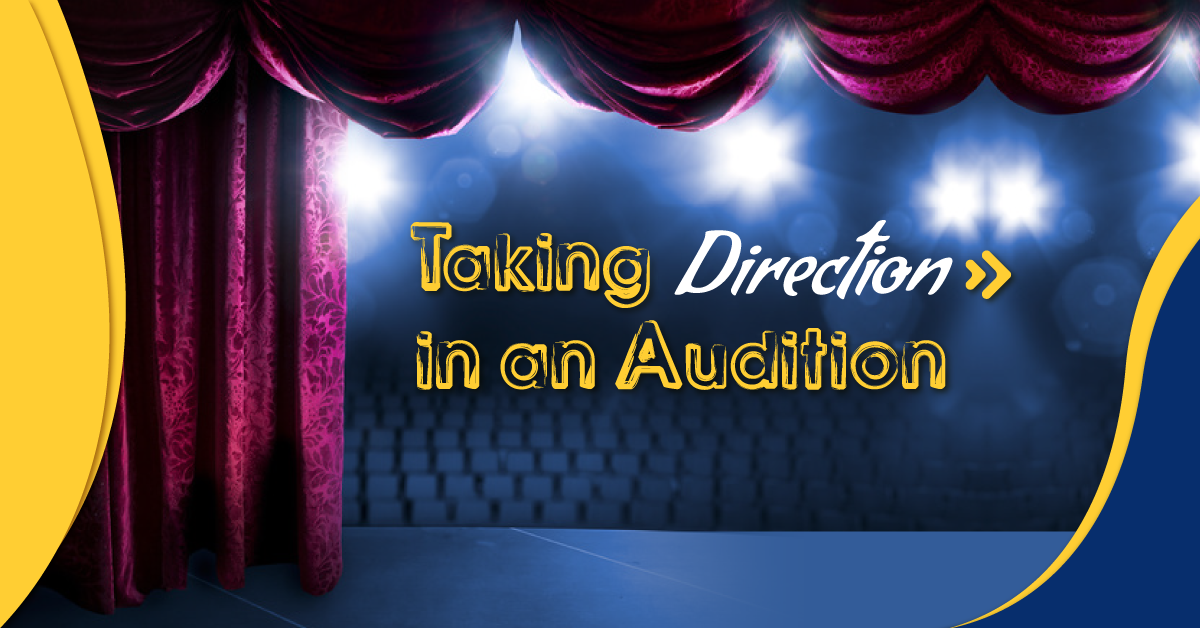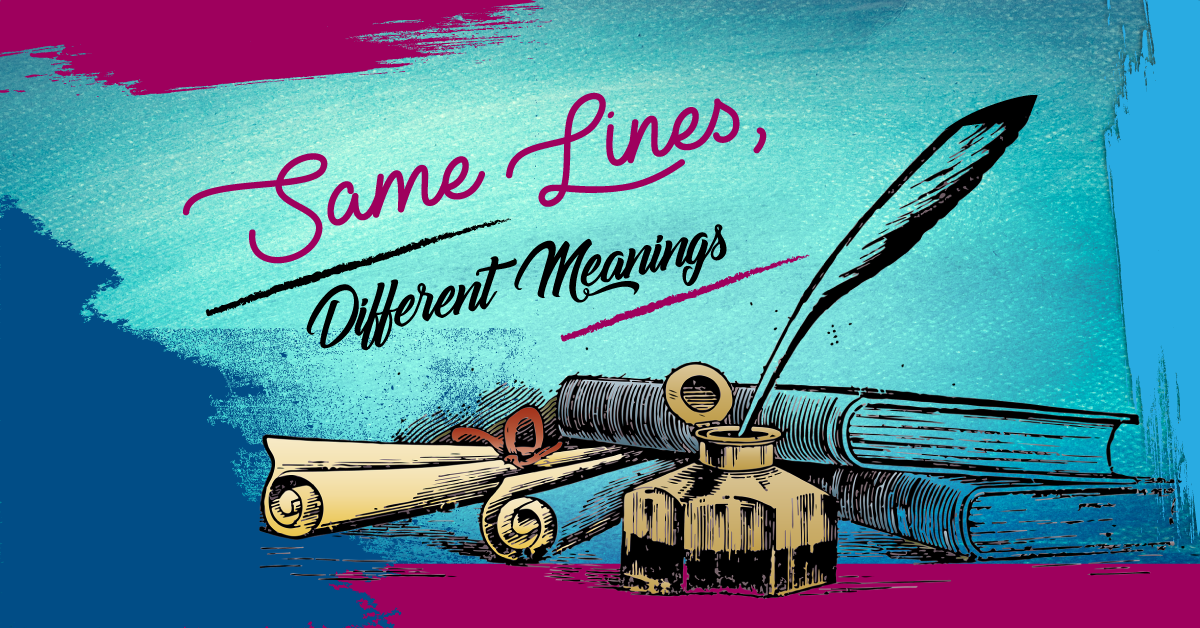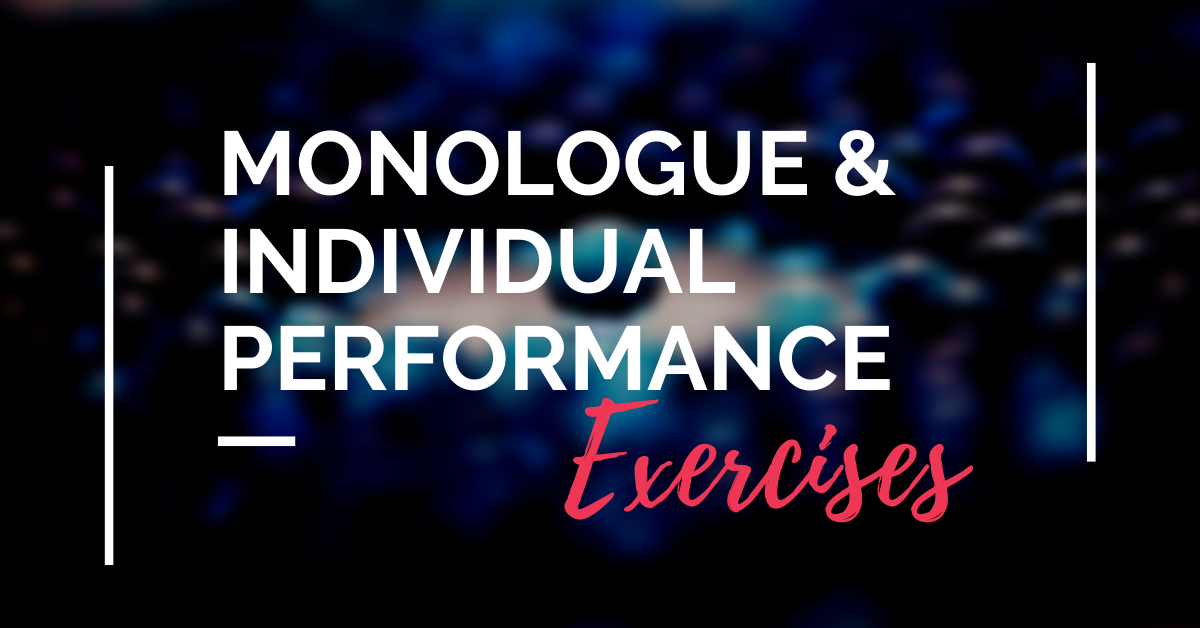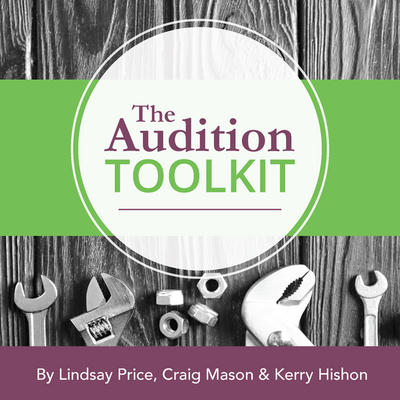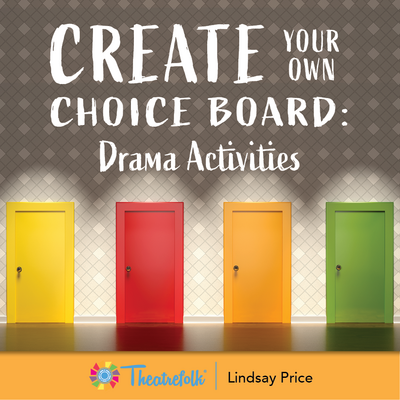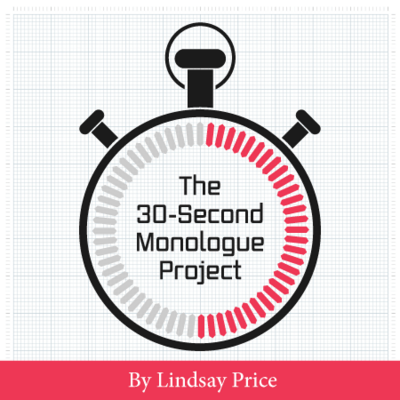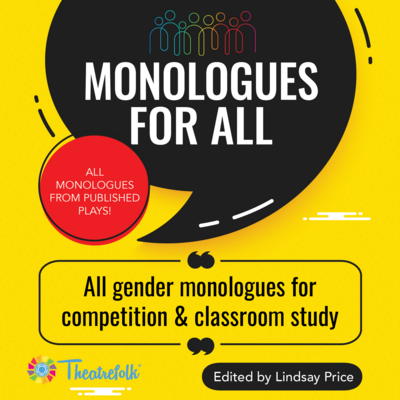There exists in everyone the potential for good or evil. Laramie Dean's adaptation of Dracula asks the question: How much would it take to bring out the darkness inside of you?
Auditions Exercise Part 1: Perform on Video
The following exercise is the first of a two-part class exercise (Part 2 will come later this month), giving students the opportunity to practice audition prep in a safe environment. Although auditioning is a skill that students can practice and improve, students don’t always have the chance to do so outside of preparing an audition for an actual show. This classroom exercise will give them that opportunity.
This exercise is broken down into steps that push students to make smart choices when selecting their monologue, when performing it, and when looking critically at their performance. Part 1 consists of selecting a monologue and recording it on video–almost like creating and submitting a first draft of an essay.
Part 2 consists of students refining their monologue and preparing to present for the entire class.
1. Selecting a Monologue
Students will select a monologue that they would like to work on–but not just any old monologue. Before students select their monologue, you should set out parameters for them to follow. Consider the following:
- Length of monologue
- Style of monologue (comedic or dramatic, contemporary or classical)
- Where the monologue comes from:
- Ideally, the monologue should be from an actual play. It is up to you whether you wish to allow students to select a monologue from a different source, like a play, musical, novel, long poem, movie, online source, book of monologues, monologues that you or your students have written…
- Theatrefolk has some great, free monologues here!
- If you wish, you can be even more specific and select which plays/playwrights students must select their monologue from.
- Be sure to mention that the monologue must be memorized. (This should be a given, but students will still ask.)
For the exercise, give your students your parameters and the Monologue Selection Handout to complete ( get the sample version below ). For example:
“Students will select a 45-second to 1-minute long monologue. The monologue should be from a contemporary play and may be comedic or dramatic. The monologue must be memorized and may not be from a film or television show.”
2. Preparing the Monologue
Students rehearse their monologues (it is up to you whether this is done during class time or at home as homework). Encourage them to focus on fully performing the material: memorization, emotions, facial expressions, appropriate movements, diction, and projection.
Talk to students about what it means to prepare a monologue for an audition. They have to showcase their best work in a short period of time. How will students showcase themselves through action, expression, diction, and projection?
3. Performing the Monologue on Video
Students select a partner, and using a smartphone or digital camera, their partner will record them performing their audition piece (and vice versa). Students should “slate” their audition recording, by first stating (in their own voice, out of character) their name, age or grade level, and the title of the play and playwright of their monologue. For example:
“Hi, my name is Susan Jones, I’m in grade 9, and my monologue is from the play Hoodie by Lindsay Price.”
4. Viewing the Recording
After both partners have recorded their audition pieces, they will watch the videos back and complete both a self-evaluation and an evaluation of their partner’s performance. On the evaluations they will note three things that they/their partner did well, and three things that they/their partner can improve upon for next time.
Here are some things to look out for:
- Memorization (First and foremost!)
- Volume (Could you hear what your partner was saying?)
- Diction (Were they speaking clearly?)
- Emotions (Did your partner display emotions through their face, voice, and body language? Or did they just stand and talk?)
- Appropriate gestures/facial expressions
- Posture/body language
- Habits/tics (Were these character choices or actor displays of nervousness? These could include things like playing with hair, smoothing clothes, swaying, shuffling feet…)
- Focus (Could you tell who your partner was speaking to in their monologue?)
Students will then submit their video files, self and partner evaluations, and monologue selection handouts for you to evaluate.
Distance Learning Adaptation
1. Depending on the size of your class, select a number of monologues that would be appropriate for students to perform for this exercise. There should be a minimum of four monologues: one comedic, one dramatic, one classical, and one contemporary. Be sure to include characters of different genders. Include the title of the play, playwright, character name, and one-sentence synopsis of the monologue. Prepare these monologues into a document that can be shared with your students.
2. In class, go over the monologues with your students. Have volunteers read aloud each of the monologues. Have students identify what type of monologue each one is, and why it would be a good choice for an audition.
3. Have students choose a monologue from the options you provided to memorize, rehearse, and record at home.
4. Students will record themselves on their devices performing the memorized monologue. Have students slate their audition, however, ask students not to include their last names or grade level if you upload the videos to a private YouTube channel or class website, for privacy purposes. (“Hi, my name is Jamie, and my monologue is from the play Hoodie by Lindsay Price” should be sufficient for this exercise.) Instruct students on how to safely and accurately submit the video footage to you for evaluation purposes.
5. Send each student another student’s audition video. The students will evaluate the video performance they receive, indicating three things that the auditioner did well and three things that could be improved upon for next time. Since students are working with technology, ensure that the evaluations focus more on the actual performance over technological issues (evaluating students can include that information – such as background noise, echoes, or weird shadows in the recording – but that may be something the auditioning student has little to no control over). Students will submit their evaluations to the teacher, who will send the notes anonymously to the auditioning student.
6. Have students review and consider the notes they received. They will write and submit a written reflection on the following:
- Do you agree with the feedback given to you? Why or why not?
- What was the most useful piece of feedback you received? How will you put that feedback to use?
- What is the difference between feedback and criticism?
- Given the opportunity to re-record your audition, what (if anything) would you do differently? Why?
Kerry Hishon is a director, actor, writer, and stage combatant from London, Ontario, Canada. Check out her blog at www.kerryhishon.com.
Related Articles
Audition Toolkit
by Lindsay Price, Craig Mason, and Kerry Hishon
Teach students to present their best selves in an audition situation with The Audition Toolkit - complete with articles, exercises, tips and more for both teachers and students.
Create Your Own Choice Board: Drama Activities
by Lindsay Price
Choice boards give students the opportunity to choose how they want to learn a particular subject. Create Your Own Choice Boards: Drama Activities can help encourage your students' independence by allowing them to take an active role in their learning.
Distance Learning
by Christian Kiley
A play about trying to survive and thrive in a virtual classroom.
The 30-Second Monologue Project
by Lindsay Price
Give students the confidence, skills and tools they need to master the monologue with The 30-Second Monologue Project. This four-lesson unit guides students from the first moment to a successful performance.
Monologues for All
by Lindsay Price
Many monologue books have monologues with only male- or female-identified characters. This resource allows students to infer the identity of the character.
